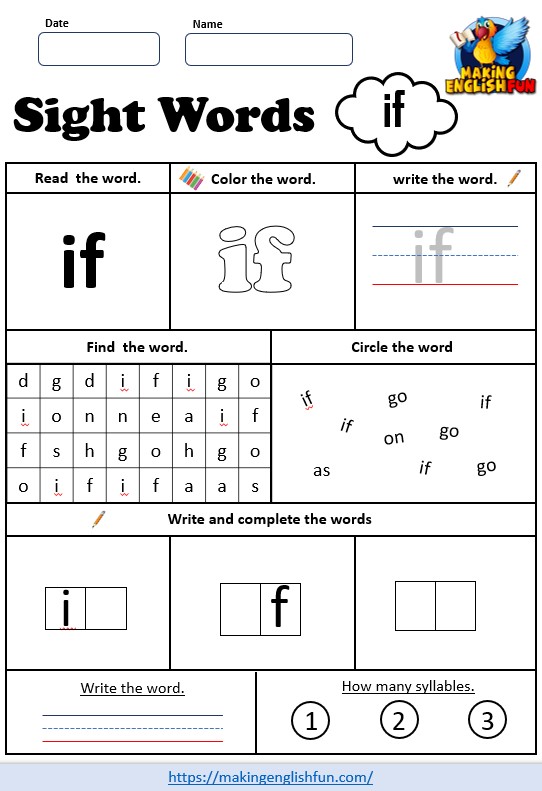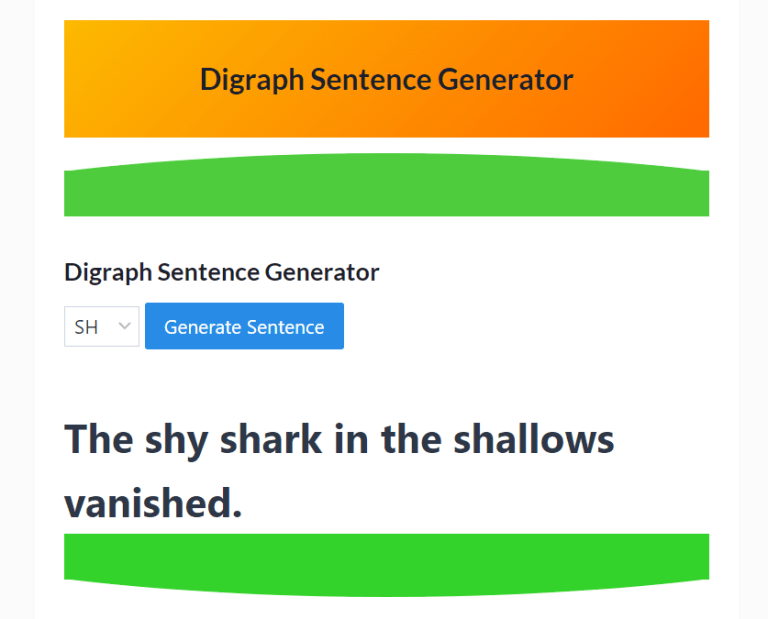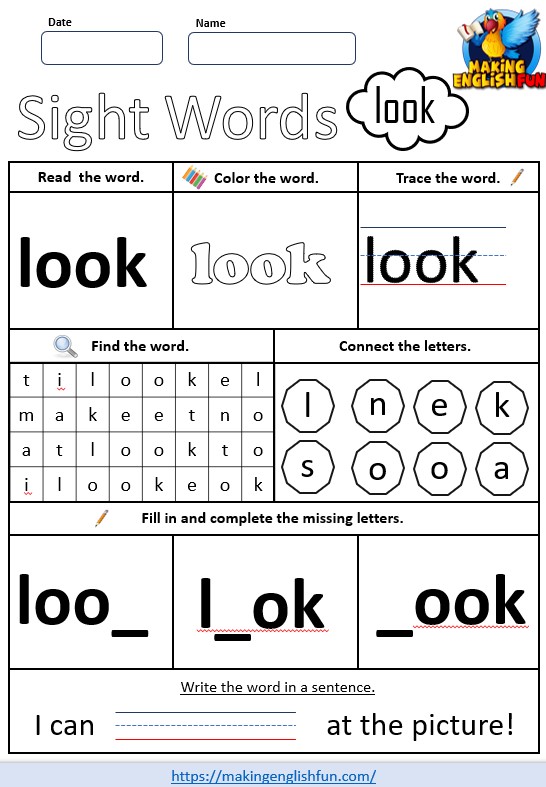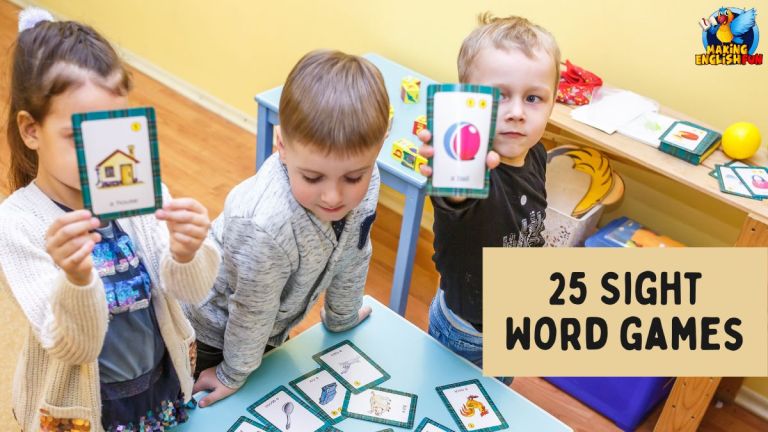When Should Children Learn to Write On Lined Paper
The move from scribbling, drawing, writing names or simple words to full sentences ( and maybe novels later) is a long journey for children. They will take this journey, for the most part, at their own pace. Some parents would like to help their children and let their preschooler write on lined paper. however is there a right and wrong time to introduce this?
Children start to develop the skills to write on lined paper at five years old and above. Although this can vary child to child. These skills include development of fine motor skills and the ability to write simple words. However, other mediums of writing should be included to keep children motivated as they learn.
There are pros and cons to both introducing lined and allowing free writing but there is some advice and pointers you should read before putting that pencil in your preschoolers hand and giving them a book of lined paper. We will explore this advice below. .

Should Preschoolers Write On Lined Paper?
At preschool age children will be in the early stages of writing development. It is much more beneficial to encourage them to practice and develop fine motor skills in a ‘‘free environment”. Introducing rigidity and formulaic writing is unlikely to motive the average five year old!
Should Children Write On Lined Paper.
| Factor | Benefit | Drawback |
| Improves penmanship | Children’s writing can be guided and their handwriting developed with a line guide for their writing | As a result it makes the learning process much more rigid, at preschool age motivation is likely to be a bigger factor than appearance or accuracy. |
| Develops fine motor skills | Allows children’s to develop fine moor the skills and hand eye coordination earlier. | These are skills that will develop in their own time and trying to develop them early may cause more harm than good |
| prepares for more formal schooling | This helps to prepare your preschooler for kindergarten and grade 1 where formal writing will become more integral to their learning. | Children will have plenty of time in school to learn how to write. introducing formality to their learning may cause them distress or reduce their natural creativity. |
| improves concentration | Writing at this early stage is more difficult, practicing how to write and construct sentences may give them a head start in school. | Children at this age are unlikely to have developed to the level where prolonged exposure to writing is an effective learning experience. |
| Improves letter and sentence recognition | The more exposure to written words the more likely a preschooler will develop reading and writing skills | Writing on lined paper, or writing in general is just one way to teach children literacy. There are plenty of other ways that are more suited to preschoolers. |
- While there are many benefits to writing on lined paper, including better handwriting and more control over penmanship, writing on paper is unnecessary for preschoolers because children still need time to develop their fine motor skills.
- Preschoolers who write on lined paper may quickly become bored with the writing process because they aren’t using their creativity or imagination to scribble about what they think. For example, many preschoolers out there can’t wait for their next art class because they love making up stories with crayons or colorful markers.
- In addition, preschoolers get tired quickly from concentrating hard enough to scribe words onto lined paper, which means they won’t want to continue writing once they’re done with one page (and may even give up).
- Parents should allow their kids to write freehand until a child’s hand-eye coordination and fine motor skills are better established to avoid these problems with writing on ruled or lined paper.
- This happens around age six or seven, where children will have enough control over a pencil and they won’t need the blank paper.

When Should Children Start Writing On Lined Paper?
The typical age for a child to start writing on lined paper is likely to be five years old and up. Younger than this and it is unlikely they have developed the motor skills needed.
Even if these skills are sufficiently developed it is unlikely a preschool age child will benefit from prolonged formal writing sessions, it also may cause problems developing hand strength if pushed on children too early.
Benefits of Lined Paper
There are many benefits to writing on ruled or lined paper for children who just started school and can’t yet control their pencils well enough to write in fully straight lines. If they are unable to form letters at preschool or kindergarten age then we have some free tracing worksheets you can download and print below
Children often get frustrated when they don’t know how much space should be between each letter, so it’s helpful if there’s already spacing built-in, which makes writing tasks easier.
Another benefit of using lines when young kids begin learning cursive handwriting style (or printing) is that it helps make sure letters stay connected. This practice is great because even though most teachers encourage students to write neatly, some preschoolers still struggle with making legible letters and connecting them.
We also have a cursive tracing workbook for download here on the site as well.
For these reasons and more, it’s a great idea to allow children to write on ruled or lined paper to help them stay focused and have more control over the penmanship process. However equally important is to introduce lined paper when the child is ready and not before.
What Can Children Write On if Not Lined Paper
Lined paper is for educational purposes, well 99% of the time. Children can learn to write on anything, and if you have a particular excitable toddler you may have had to repaint some walls if they got a little carried away.
However, if you have managed to avoid the art forms on your walls you can use anything you like to keep them drawing, scribbling, writing etc. In my school we have taken trips to the beach and instead of writing in a notebook. (lined at that) i used to have them write the names in the sand with sticks and take photos.
- Whiteboards, interactive or otherwise, can be used to practice writing in classroom situations and if you have access to little hand held ones they can be used to play simple games, involving phonics and letters as well as words if the children are at that stage.
- Similarly, although i am not advocating loads of screen time, there are plenty of apps for iPad and tablets that can be sued to allow children to write free style without line.
- In my classroom, so a little older than preschool, i have covered the desks with washable plastic so children can make notes there and then wipe them off, or copy their notes later. ( sneakily getting them to practice twice!)
- We also have plain recycled paper for them to draw and write on, as well as paper in comic book style for them to be creative and both draw and then write ( again sneakily with and without lines this time! ) You can check it out on the link below but its super simple to make as well. We have included the PowerPoint as well for you to edit.
How to Train a Child to hold a Pen or Pencil
One of the most common questions ask and related to writing or drawing is how to train a child to hold a pen or pencil correctly. A pencil grip is something every kid needs for them to be able to write at all. So once they have the fine motor skills and hand strength then it is worth teaching how to hold a pencil correctly.

What Age Can Children Hold a Pen or Pencil Correctly.
It is not a coincidence that the age where lined paper becomes a writing option for preschoolers and kindergarteners is also the same as their fine motor skills start to become strong enough to correctly hold a pen or pencil.
At around five to six years old childrens fine motor skills and finger strength will have At around five to six years old, children will be developing the fine motor skills and finger strength to start to hold a pencil correctly. This three-finger method uses the index and middle fingers and the thumb. During this transition they will occasionally revert to five fingers, but this will reduce with time.
There are many different ways for young kids to hold a writing utensil. Two of the most common include tripod grip (used most often with children who have not yet developed fine motor skills), modified tripod or “dynamic-fist,” which is great for strengthening hand muscles.
Tripod grip
A child will hold the pencil with their thumb, index, and middle fingers to use a tripod grip. The pencil should sit between those three fingers as it rests on the pinky side of their hand (just like an adult would hold a pen or marker).
Dynamic fist grip
To use the dynamic fist grip, a child will hold the pencil just like they would with a tripod grip but instead of keeping their pinky side free (like an adult does), their fingers are wrapped around it. The main advantage of this grip for young children is that it shapes the fingers to hold a pencil better as their muscles develop.
Whether you opt to use a tripod or dynamic fist grip, both are great ways for kids to learn how to write on lined paper correctly. But remember not to force your preschooler into any specific way of gripping writing utensils; focus more on keeping the correct posture and encouraging them along with praise rather than pushing too hard (and risk making them hate schoolwork).
A good site with ideas and activities to improve finger strength and motor skills is dayswithgrey, check it out here.
Strengthening motor skills
A way to strengthen the child’s motor skills is to do lots of activities where they have to grip things with their fingers and hands. Things like playing ball, going for a walk, riding in the stroller (or even riding your bike together).
Try making crafts too that involve stringing beads or tying knots; these are all great ways to help them learn how to hold writing utensils properly before learning how to write on lined paper! Alternatively, you can buy a specially designed grip tool that helps kids get used to holding things correctly.
These include things like a stress ball, squishy textured toy, or foam grip for pencils that can be found in most stores.
Working together with your child during activities like these will help build strong habits in motor skills early on, which can set up students for success later down the road. Make sure to repeat this guidance for holding pen or pencil over and over again as your preschooler practices on blank paper.
Once your child’s hand-eye coordination is better developed around age six or seven, then you won’t need these blank papers anymore because they should already have control over their fingers.
Bottomline
Of course, there’s no right way of holding a pen/pencil aside from whatever works best for your child. But make sure they’re allowing their fingers and hands to work together to create fluid lettering movements on ruled or dotted lines.
The bottom line is this: writing on lines doesn’t necessarily make children or preschoolers smarter but allowing your child to develop freehand drawing skills until age six or seven will help them become better writers throughout elementary years and beyond.
Then, the more intricate writing movements can be looked at. The key is to make sure you develop a healthy love of learning in your children, not just a smorgasbord of skills.








One Comment